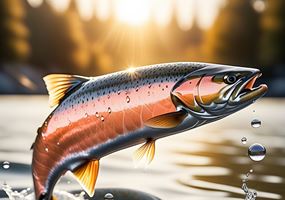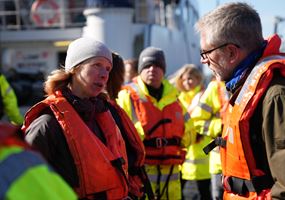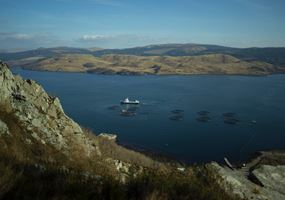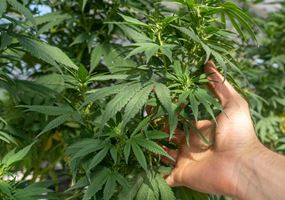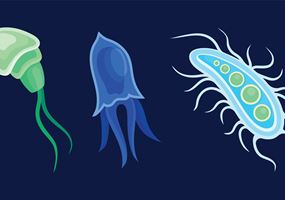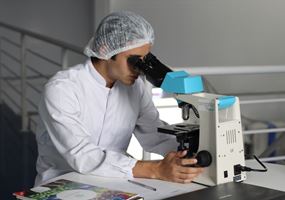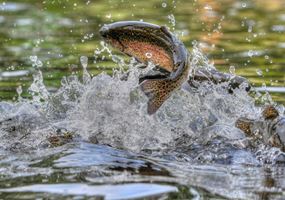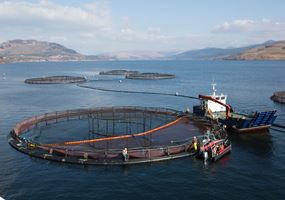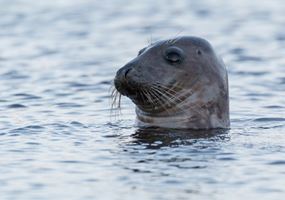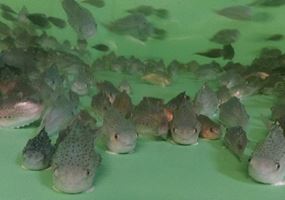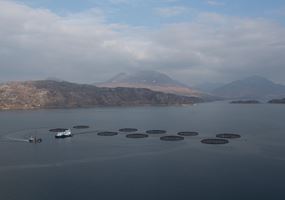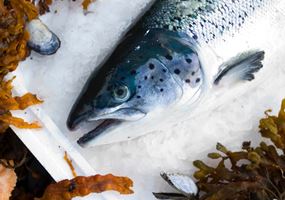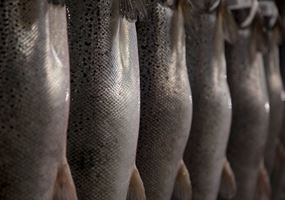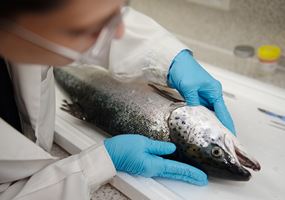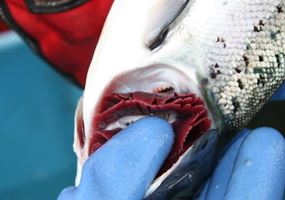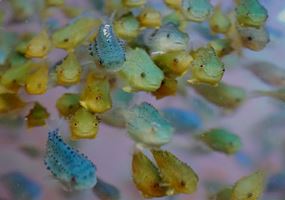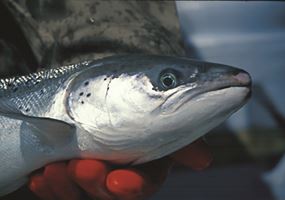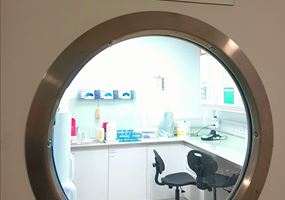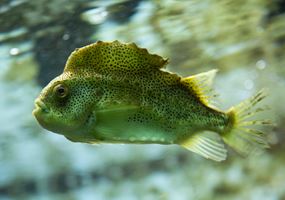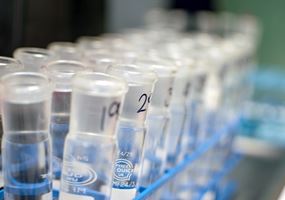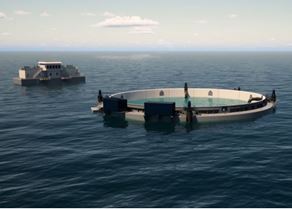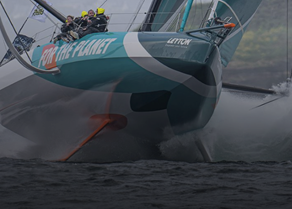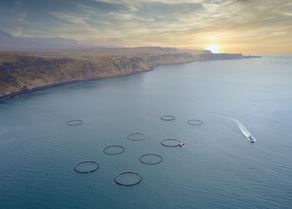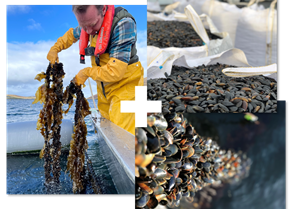Projects
We channel our resources into the areas that will benefit the Scottish aquaculture sector the most, including reducing its environmental footprint and increasing its economic impact.
Sign up to our Newsbites for project updatesThis project explored the use of a water treatment technology (CleanTreat®) to suppor...
Developing a real-time modelling and prediction tool to minimise the impact of HABs o...
This first look at sustainably sourced hempseed meal as an alternative protein source...
This feasibility study aimed to develop a lab-based challenge model, using lab-reared...
This project looked to identify fish cardiac disease biomarkers and develop a serolog...
This project brings together a unique freshwater aquaculture partnership to improve t...
The overarching aim of this project was to establish guidelines for the safe and effi...
This project has provided evidence that there is no negative impact on non-target mar...
The lumpsucker (lumpfish) is one of the cleanerfish species whose natural behaviour i...
Traditional research has focused on the impacts of single stressors on fish health, p...
The development of diagnostic tools for the pathophysiological responses to gill dise...
Improving disease resistance in Atlantic salmon and Rainbow trout to Flavobacterium p...
Optimising genomic selection in salmon breeding to improve the accuracy and affordabi...
Identification of actions and measures that can be used to prevent, reduce, or treat...
Increased understanding of the use and performance of cleaner fish in farmed environm...
Increased understanding of Saprolegnia and its causative factors, enabling Scotland’s...
An effective, non-medicinal approach to controlling the incidence of sea lice on Scot...
Improved survivability and efficacy of cleaner fish on Scotland’s salmon farms, with...
A cheaper, faster method of monitoring and informing fish health practitioners on the...
Industry-academic collaborations
Some of our projects have a lifetime of less than one year, while others are longer-term, multi-partner collaborations of up to three and a half years. Each project unites industry know-how with specialist academic expertise; something that SAIC works hard to encourage by helping forge the necessary connections.
Priority innovation areas
Our work is focused on catalysing and co-funding innovation in the areas identified by the sector as being top priorities. We call them our priority innovation areas – or PIAs for short.
Over the years, the industry’s priorities for innovation have evolved. Therefore, so too have our PIAs. This helps ensure that we continue to deliver maximum benefit from the combined investment being made. SAIC's three PIAs are 1: Finfish health & welfare, 2: Unlocking sector capacity, and 3: Shellfish and other non-finfish species.
